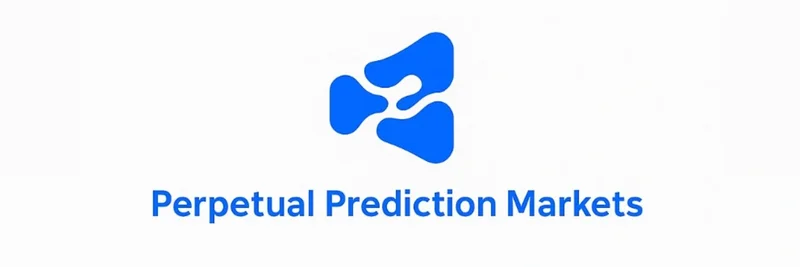Hey there, crypto curious! If you’ve been dipping your toes into the world of cryptocurrency, you might have come across terms like "funding rate" or "perpetual futures" and wondered what they mean. A recent post by MartyParty on X breaks it down in a way that’s easy to grasp, and we’re here at Meme Insider to expand on it for you. Whether you’re a newbie with $50 to spare or a blockchain enthusiast, let’s dive into the fascinating world of crypto funding rates!
What Are Perpetual Futures and the Spot Market?
First things first—crypto markets have two main playgrounds: the spot market and the perpetual futures market. The spot market is like a regular store where you buy crypto (like Bitcoin or Ethereum) at its current price and own it outright. Think of it as the "real" price of the asset.
On the other hand, perpetual futures are more like a betting game. They’re contracts where traders speculate on whether the price will go up (going "long") or down (going "short") without ever owning the actual crypto. These contracts don’t expire, which is why they’re called "perpetual." According to Investopedia, perpetual futures are super popular because they offer leverage (borrowing money to trade bigger) and can be more liquid than the spot market.
What’s the Funding Rate All About?
Here’s where it gets interesting! The funding rate is like a balancing act for perpetual futures. Since these contracts don’t expire, their prices can drift away from the spot market price. To keep things in check, exchanges use the funding rate to nudge traders back in line.
- If the perpetual futures price is higher than the spot price, the funding rate turns positive. This means traders betting the price will go up (longs) pay a fee to those betting it’ll go down (shorts). This encourages more short positions to bring the price back down.
- If the futures price drops below the spot price, the funding rate becomes negative, and shorts pay longs. This incentivizes more long positions to push the price up.
As Cointelegraph notes, funding rates are calculated every eight hours on many exchanges based on the gap between futures and spot prices. It’s a clever way to keep the market stable!
Why Does This Matter to You?
MartyParty compares the funding rate to how the Federal Reserve uses interest rates to control the economy—a bold statement! While it’s not an exact match, the idea is that exchanges use funding rates as a tool to "manipulate" or stabilize prices. For traders, this is a big deal. A high funding rate might signal an overheated market (too many people betting on a price rise), hinting at a possible correction. On the flip side, a negative rate could mean it’s a good time to go long.
If you’re that 16-year-old with $50 a month to play with, this might sound tricky. Start small on the spot market to get comfy, and only dip into futures with proper research. Leverage can amplify gains but also losses, so it’s risky with limited funds!
Pro Tips from the X Thread
The X thread had some great follow-ups:
- Astrophotography_Pro praised the breakdown and pointed to another thread for simpler explanations—always good to cross-check!
- Crypto Scumbag asked for a beginner-friendly take, which we’re delivering here.
- Admiral and Crypto Daddy clarified that funding fees are paid every eight hours, aligning with exchange practices.
Wrapping Up
The funding rate is a key piece of the crypto puzzle, especially if you’re eyeing perpetual futures. It’s all about balance, market sentiment, and strategic trading. At Meme Insider, we love breaking down complex topics like this to help you navigate the wild world of blockchain. Whether you’re into meme tokens or serious trading, understanding tools like the funding rate can give you an edge.
Got questions? Drop them in the comments, and let’s keep the convo going! And if you’re hungry for more crypto insights, explore our knowledge base to level up your skills.
Disclaimer: Crypto trading involves risk. Only invest what you can afford to lose!




